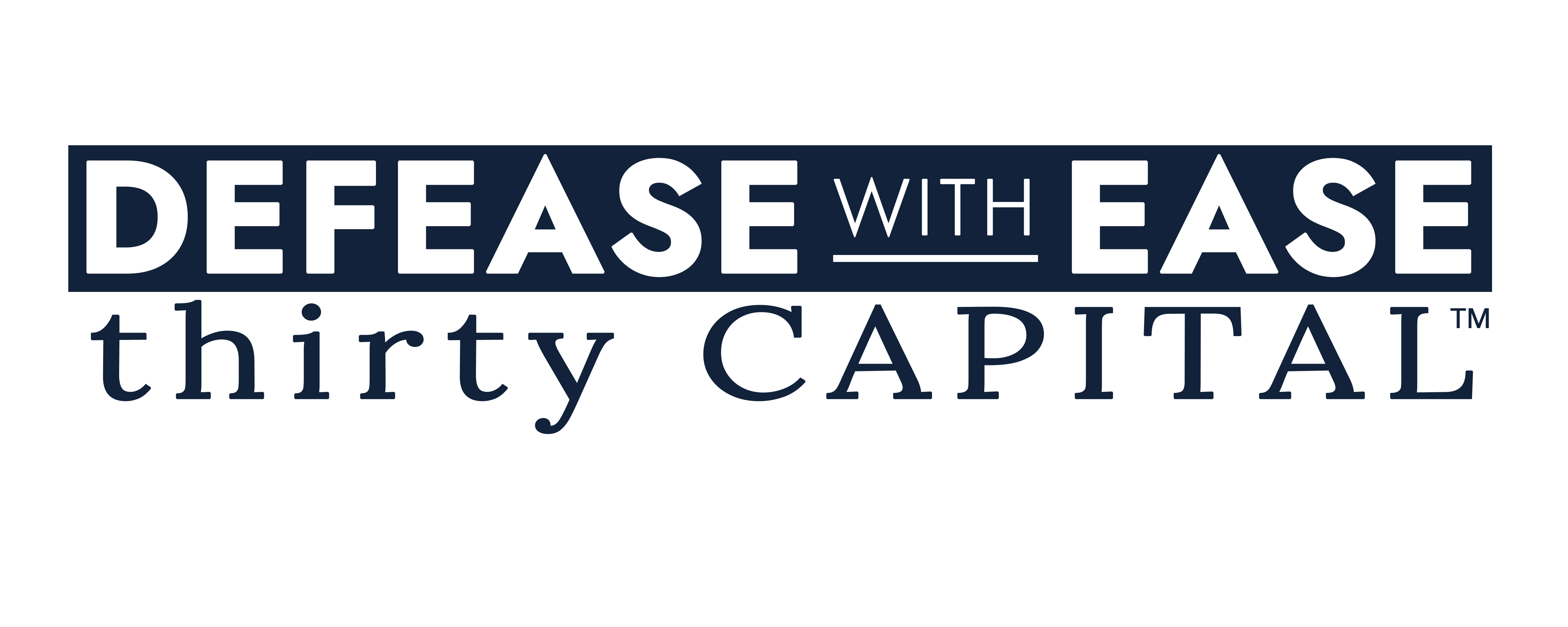Managing floating-rate debt for commercial real estate (CRE) assets isn’t just smart — it’s essential. Two of the most commonly used tools to manage interest rate exposure are interest rate caps and interest rate swaps. Both play key roles in a decision-maker’s toolkit, but they function very differently — and choosing the right strategy can have a major impact on your cashflow, risk exposure, and overall asset performance. This article breaks down how each type of hedge works, the cost structures involved, and when one may be more advantageous than the other.
Understanding the Basics
Interest Rate Caps
An interest rate cap is a derivative contract that limits the maximum interest rate a borrower will pay on a floating-rate loan. The borrower pays an upfront premium to the cap provider in exchange for rate protection above a certain strike rate.
How it works:
- If the floating rate (e.g. SOFR) stays below the cap strike, the borrower pays the floating rate. If the rate exceeds the cap, the cap provider reimburses the borrower for the difference.
- Example: If you have a floating rate loan at SOFR + 300 bps and purchase a 3.00% cap, and SOFR jumps to 5.00%, your rate is effectively capped at 6.00%.
Key Characteristics:
- The upfront cost, or premium, is based on the term length, notional amount, and strike rate.
- There are no ongoing payments.
- Lenders commonly require caps to mitigate risk.
- Caps provide rate protection while allowing you to benefit if rates drop.
Explore how one CRE owner saved $299k with a proactive rate cap strategy.
Interest Rate Swaps
An interest rate swap allows a borrower to effectively convert a floating-rate loan into a fixed rate by “swapping” interest payments with a counterparty (typically a bank).
How it works:
- The borrower agrees to pay a fixed rate and receive a floating rate in return. The floating-rate payments received offset those paid on the loan, leaving the borrower with a fixed payment.
- Example: You have a loan at SOFR + 250 bps and decide to enter a swap with a fixed rate of 3.75%. If SOFR rises to 4.75%, you still pay 3.75% + 250 bps on your loan. However, because the swap counterparty pays you the floating rate, your overall cost remains stable.
Key Characteristics:
- There is no upfront cost because swaps are priced into the fixed rate.
- Swaps commit borrowers to a fixed payment over a set term.
- If paid off early, a termination payment may be required — or, in some cases, you could receive a payment to terminate.
- Swaps remove the opportunity to benefit if interest rates decline.
Interest Rate Caps vs. Swaps: Key Differences at a Glance
| Feature | Interest Rate Cap | Interest Rate Swap |
| Upfront Cost | Yes (premium paid at purchase) | No (priced into fixed swap rate) |
| Ongoing Payments | No | Yes (fixed rate payment) |
| Rate Protection | Above a certain strike | Fixed for the term |
| Flexibility | High — no penalty to exit early; can also make money on termination | Low — termination cost may apply; can also make money on termination |
| Benefit if Rates Fall | Yes | No |
| Lender Requirement | Often required on floating rate loans | Optional (not always), more strategic |
| Best For | Shorter holds, flexibility | Long-term stability, full risk transfer |
.
Strategic Considerations for CRE Owners and Decision-Makers
1. Hold Period and Exit Strategy
Interest rate caps provide more flexibility for borrowers planning to refinance, sell, or pay off early since there is no termination fee. However, swaps can also be without a termination fee and may even be in the money. Swaps are generally better suited for long-term holds with predictable cashflows.
Example:
An owner with a 2-year bridge loan and expected refi in 18 months would typically use a cap — not by choice but rather, due to lender requirements. Prepaying a swap at 18 months may trigger a mark-to-market fee, which could be a cost or a gain depending on market conditions.
2. Market Outlook and Rate Expectations
If you expect rates to rise, both caps and swaps offer protection, but your view on how far and for how long rates will climb should guide your choice.
- Cap strategy: Best if you believe rates will rise temporarily and eventually fall, giving you protection without locking in a high fixed rate.
- Swap strategy: Ideal if you think rates will remain high or rise further and want full cost certainty.
Example:
In 2022, many borrowers purchased 3% or 4% caps expecting short-term hikes from the Fed. But in 2024, with forward curves showing potential rate declines, some are shifting to shorter caps rather than locking into swaps at elevated fixed rates. Similarly, borrowers can use shorter swaps to blend rates downward later via extensions or forward-starting swaps.
3. Cashflow Sensitivity and Budgeting
Interest rate caps typically come with an upfront premium but offer less certainty, as your payments can rise until you hit the strike rate. Swaps, on the other hand, provide fixed payments but are generally better suited for long-term stability, and they may not always be expensive to unwind or adjust.
Example:
A sponsor with a newly stabilized multifamily property and investor distributions based on predictable cashflow may prefer a swap to eliminate rate volatility entirely, making it a better fit for long-term stability. Meanwhile, an opportunistic sponsor with a more flexible, short-term outlook might tolerate some rate variability and save capital by choosing a cap.
4. Cost of the Hedge
Caps can be expensive depending on rate volatility, strike level, and term length. Swaps don’t have an upfront premium, but the “cost” is embedded in a higher fixed rate, which reflects the market’s estimate of the average floating rate over the swap term, plus a spread.
Rule of thumb:
 In volatile markets, cap premiums rise.
In volatile markets, cap premiums rise. - Swaps become relatively more attractive if forward rates stabilize.
Advisory Tip:
Before choosing a strategy, conduct a scenario analysis to compare total debt service costs
across different rate environments with each hedge option. Partnering with a debt advisor can add real value by helping you navigate market trends, optimize your hedge structure, and avoid costly missteps.
The Role of a Debt Advisor in Choosing the Right Hedge
Choosing between a cap and a swap isn’t just a finance decision — it’s a strategic move that should align with your broader business goals, exit timing, and rate expectations. The advisory process in such situations typically goes beyond recommending a specific product. A comprehensive approach often includes:
- Simulating hedging scenarios using forward curves
- Timing cap purchases or swap execution based on market indicators, though execution often must align with loan closing
- Structuring cap strategies that meet lender requirements without overpaying
- Monitoring opportunities to restructure or optimize hedges as conditions evolve
- Integrating hedging decisions into the overall debt optimization strategy
Final Takeaways
Interest rate caps offer flexibility by protecting against rate spikes while also allowing the potential to benefit from falling rates, though they come with an upfront cost. Swaps, in contrast, provide full payment certainty, locking you into a fixed rate and eliminating any upside potential. This makes swaps a better fit for long-term, predictable holds where stability is prioritized. Ultimately, the right choice depends on factors like your business goals, market outlook, cashflow sensitivity, and hold period. It’s not just about hedging — it’s about using your debt as a performance lever to generate quicker returns, though in many cases, the type of loan product will largely dictate the appropriate hedge strategy.
Ready to Run the Numbers?
At Defease With Ease | Thirty Capital, our team of debt advisors and analysts will walk you through your upcoming refinance, cap renewal, or acquisition and model the hedge strategy that fits best. Whether you need help evaluating forward rates, estimating cap costs, or comparing swap structures, our team is here to guide you with real insights, not guesswork. See how Defease With Ease | Thirty Capital helped one CRE owner save $299k with a proactive rate cap strategy.
Want to speak to one of our debt advisors? Schedule your free strategic debt consultation today.




